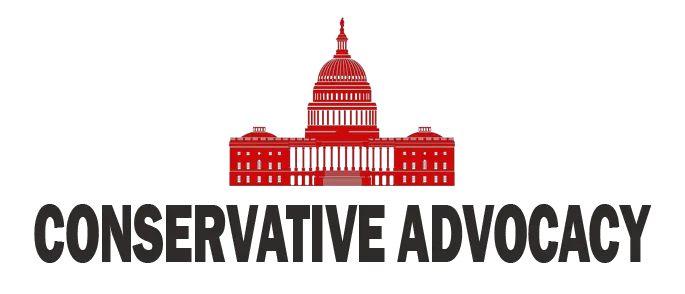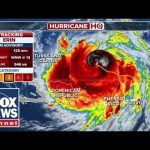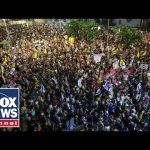In recent discussions about the state of crime in Washington D.C., tensions are rising, particularly around President Trump’s decision to deploy National Guard troops to combat the increasing unrest. Violent gangs, carjackings, and muggings have become everyday occurrences in some neighborhoods. Many residents are dissatisfied, feeling as though their city has been overtaken by what some are calling bloodthirsty criminals and rioting mobs. It’s a delicate situation, and the media is embroiled in a war of narratives over the best way to address these pressing issues.
Howard, a commentator, highlighted the stark reality facing D.C. residents, emphasizing that citizens should not have to live in fear while simply walking to their favorite restaurant. The situation seems to be escalating, with crime rates reportedly soaring in certain wards of the city, prompting the need for more drastic measures. Critics of the crime wave are baffled by the media’s criticism of Trump’s response, arguing the metrics and facts speak for themselves. They point fingers at the Democrats and their allies in the media, accusing them of downplaying the hazards that many everyday citizens experience.
While some media outlets may have questioned Trump’s approach, many supporters see the deployment of National Guard troops as a much-needed enforcement of public safety. Sadly, the media narrative is often swayed by those tucked away in fancy neighborhoods, relatively insulated from the ramifications of violent crime. These journalists may not realize the extent of the problem, making it easier for them to brush aside the dangers faced by people living in less secure areas. As crime rates climb in D.C., it becomes evident that a “one-size-fits-all” answer will not suffice.
Moreover, the specter of partisanship looms large in discussions about public safety. Some commentators suggest that the ongoing crime crisis is unfairly politicized, particularly in cities led by Democratic mayors. The truth remains: crime is rampant, and the need for stronger law enforcement measures is apparent. That said, knee-jerk reactions could potentially backfire, leading to increased unrest and opposition from those who feel marginalized by the heavy-handed approach.
In neighborhoods where crime rates have plummeted thanks to grassroots initiatives and local leadership, some argue that building community and investing in positive social programs have been the real solutions. This contrasting approach makes it clear that there is no magic wand to wave in solving the crime dilemma. As the National Guard makes its presence known, one thing is certain: the complexities of crime and politics will continue to intertwine, each influencing the other in ways that may not always be visible to the naked eye.
So, as D.C. residents brace themselves for the impact of these measures, they will undoubtedly continue to navigate their fears and frustrations while the media continues to weigh in. The clash of Republican and Democratic ideals surrounding public safety promises to keep this issue at the forefront of America’s collective consciousness as we search for effective solutions to restore order in the nation’s capital.




